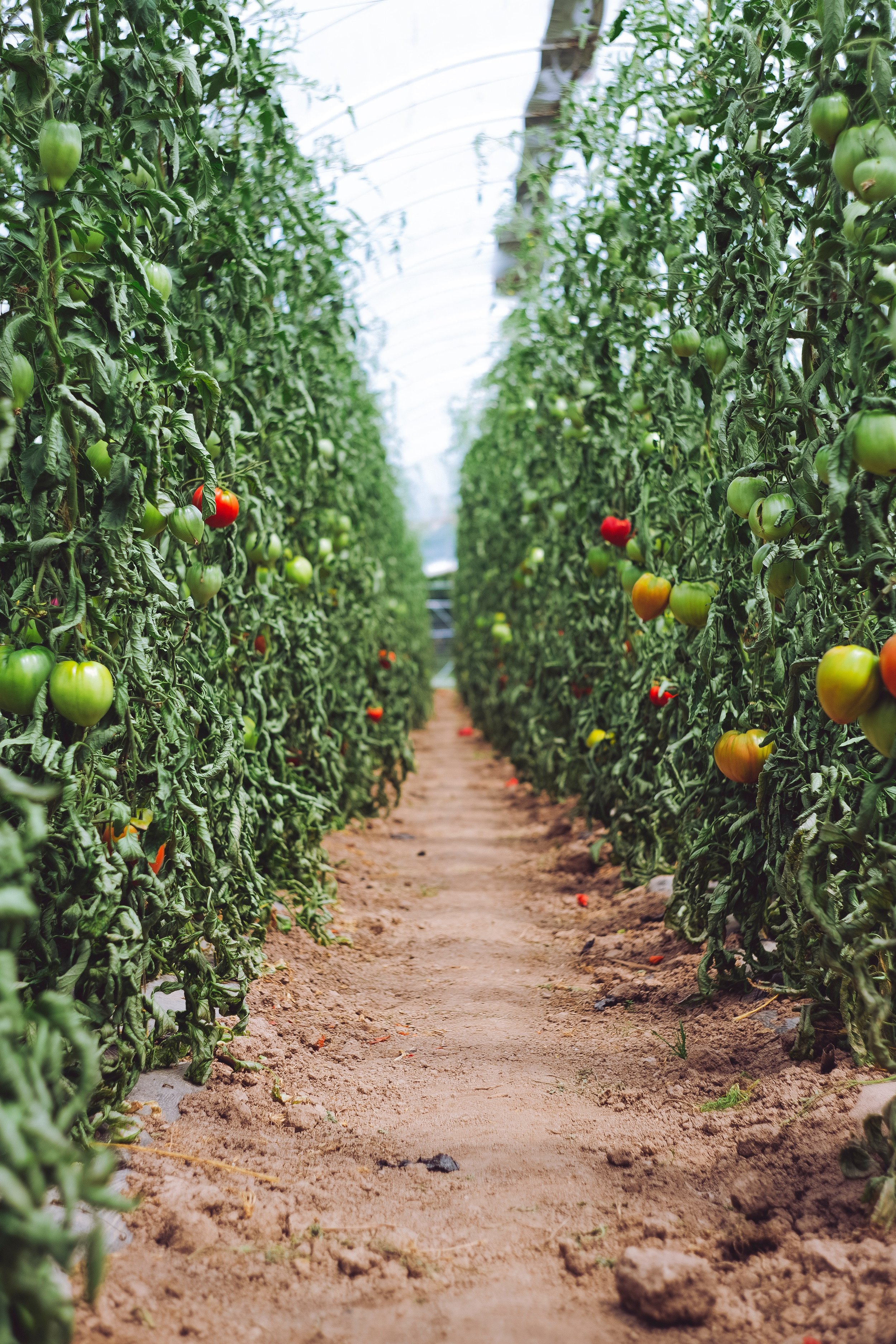
Harvest Against Hunger
Farm to Food Pantry
A collaboration for hunger relief and agricultural development
Getting fresh produce into the food assistance system is an important part of hunger-relief efforts across Washington.
Harvest Against Hunger partners with the Washington State Department of Agriculture (WSDA), Harvest VISTA host sites, farmers, food pantries, and local funders to expand the Farm to Food Pantry initiative that launched in 2014. The pilot began in response to a series of grower roundtables with small-scale farmers around WA, which indicated that it wasn’t always financially feasible for small farms to donate to food pantries, but funding to create a purchasing relationship could offer a valuable opportunity to enhance the local small farm landscape.
Results from each year since show that buying directly from a local farmer will increase the variety, nutrient density, and availability of local crops in food pantries, thus improving access to healthier food choices for families and individuals experiencing nutritional insecurity. These direct purchasing contracts dramatically strengthen the bond between farmers and hunger-relief programs. Results continue to show that if a farmer has a strong relationship with a local food pantry, they are significantly more inclined to make additional produce donations through either gleaning or post-harvest. F2FP has fostered relationships across local food pantries, farmers markets, farm service organizations, nutrition education programs, and more!
Reports:
Bobanick, D., Price, M., & Fahsholtz, E. (2020). Farm to Food Pantry Initiative: ANNUAL REPORT 2020. https://cms.agr.wa.gov/WSDAKentico/Documents/Pubs/749-FarmToFoodPantryHAHAnnualReport.pdf
Bobanick et al. (2020) penned this seventh annual report on the growth of Washington’s Farm to Food Pantry Initiative. The Washington Department of Agriculture (WSDA) and the non-profit Harvest Against Hunger launched this program in 2014 as a collaboration to strengthen relationships and purchases between Emergency Feeding Organizations and local farms. In 2014, the initiative started with 11 farms, purchasing 14,423 lbs. of produce. By 2020, they had expanded to 97 farms, with 105,017lbs of produce purchased. In 2020, the program served 341,364 clients across 24 counties through 148 food pantries (Bobanick et al., 2020). The most useful element of this report, however, is their expansive summaries of each of the participating Emergency Feeding Organization’s results from the year. Some portions of this report certainly overlap with our proposed research, but the report is limited only to organizations involved in the Farm to Food Pantry Initiative.
Rotary First Harvest. (2013). Washington State Grower Round Tables: Farmers First. Rotary First Harvest. http://www.rfhresourceguide.org/Page/Growers-Roundtable
Rotary First Harvest (2013) held modified focus groups, that they refer to as Grower Round Tables, with Washington farmers. They asked open-ended questions about food insecurity and farms’ participation in food bank programs. These Grower Round Tables provide insight into farmers’ perspective on participating in farm to food bank programs.
Washington Department of Agriculture. (2021). Farm to Food Pantry. https://cms.agr.wa.gov/WSDAKentico/Documents/Pubs/771-FarmToFoodPantryInfographic.pdf
This Washington State Department of Agriculture (WSDA) document is a one-pager intended for policymakers to be able to quickly view the benefits of WSDA’s Farm to Food Pantry (F2FP) initiative. In the years since the initiative’s 2014 launch, they have purchased 356,000 pounds of produce from farmers. Participating farmers also reported that 17% of their total farm income came from Farm to Food Pantry contracts. This initiative is also a great example of targeted state investment, because for every dollar invested into F2FP, seven pounds of produce went directly to those in need.

